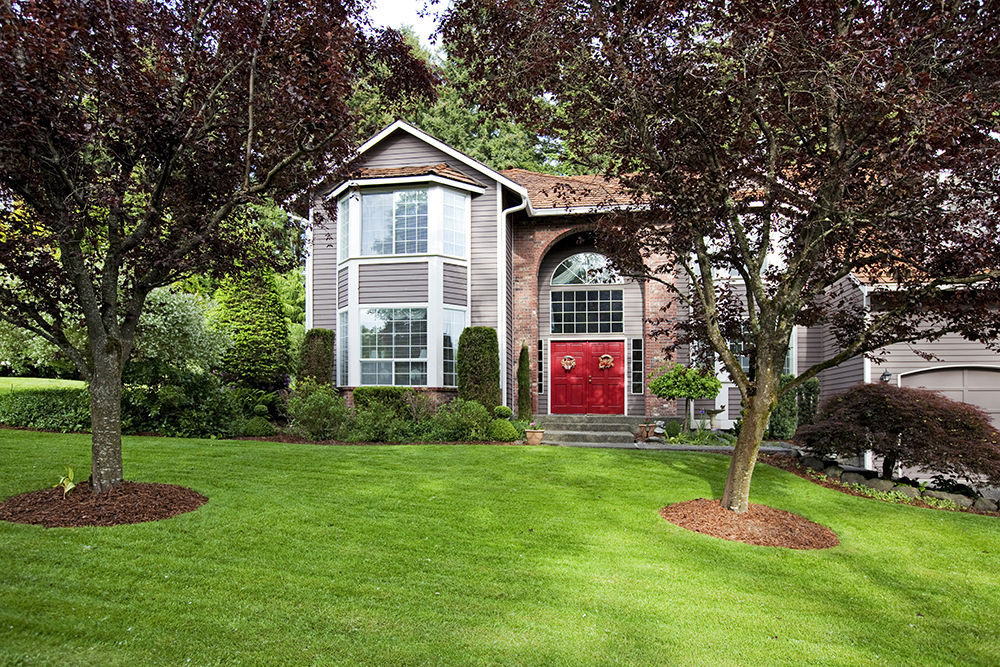Good news for first-time home buyers! Housing prices have dropped slightly for those shopping for a home before the Holiday Season. According to the latest National Association of Realtors Report, “The median price of an existing home (i.e., previously lived in) fell 0.24% from September to $247,000 in October.” It is common for market prices to fluctuate seasonally, with an expected increase in 2018.
As Millennials continue to make strides in the job market, job growth is beginning to slowly push up wages. This is giving households added confidence that now is a good time to buy a home, says Lawrence Yun, NAR’s chief economist.
However, there are challenges. Loans are becoming less available, and significantly fewer homes are up for sale. “It’s supply and demand,” explains Robert MacDonald, a real estate broker with Lake & Co. Real Estate in Seattle. “There aren’t enough homes for sale.” As a robust job market emerges, home prices increase. Where the job market is booming, the cost of living significantly outpaces wages. Nevertheless, this dynamic could stimulate growth in low-income areas.
Tax Plans Make Homeownership More Challenging
The tax plan adds to the issues that are already making homeownership more challenging, exclusively with the shortage of supply.
“If the cap on the mortgage interest deduction were reduced from the current $1 million in mortgage debt to $500,000, which is in the House plan, current homeowners would be grandfathered into the original cap. That would give them much less incentive to move, thereby reducing the number of potential homes for sale.”
Republicans claim this new tax plan will stimulate the economy and put more money in Americans’ pockets. That, in turn, could help more young renters buy a home. But, it is also raising interest rates, which could make housing even more expensive.
With homebuyers interested in buying, and homeowners less motivated to sell, where exactly is the market heading? “
As home prices rise due to a severe shortage of homes for sale. It becomes a higher cost of homeownership, due to the tax bill and/or interest rates. This makes it more difficult for the youngest and largest generations to become homeowners. It will lead them to rent longer, and landlords will rake in the profits.”
Buying a Home is Expensive Enough As It Is
The cost of buying an existing home has dropped in every region except the West. With the new tax plan in effect, there may be increased demand for single-family rentals, as the plan reduces the tax benefits of homeownership. It proposes eliminating the deduction for property taxes and lowering the limit on the mortgage interest deduction, impacting all homeowners who itemize, especially those with higher-cost properties in upscale locations. This shift could advantage landlords.
This scenario is creating heightened competition in lower-cost areas, a development that might not have occurred without the tax plan.
It’s an opportune time for homeowners to capitalize on additional write-offs. “Unlike owner-occupants, investors in single-family homes can deduct all expenses related to owning and managing a rental because these properties are considered businesses. The vast majority of individual investors use mortgages on these properties. Fannie Mae and Freddie Mac allow up to 10 investor loans per person.” Therefore, if you’re in the market to increase your revenue, now is the time to consider buying a house with the potential for an add-on or investing in a rental property.
Additionally, “people who are renting might consider investing in single-family real estate instead of owner-occupied real estate, given the superior tax benefits.”

